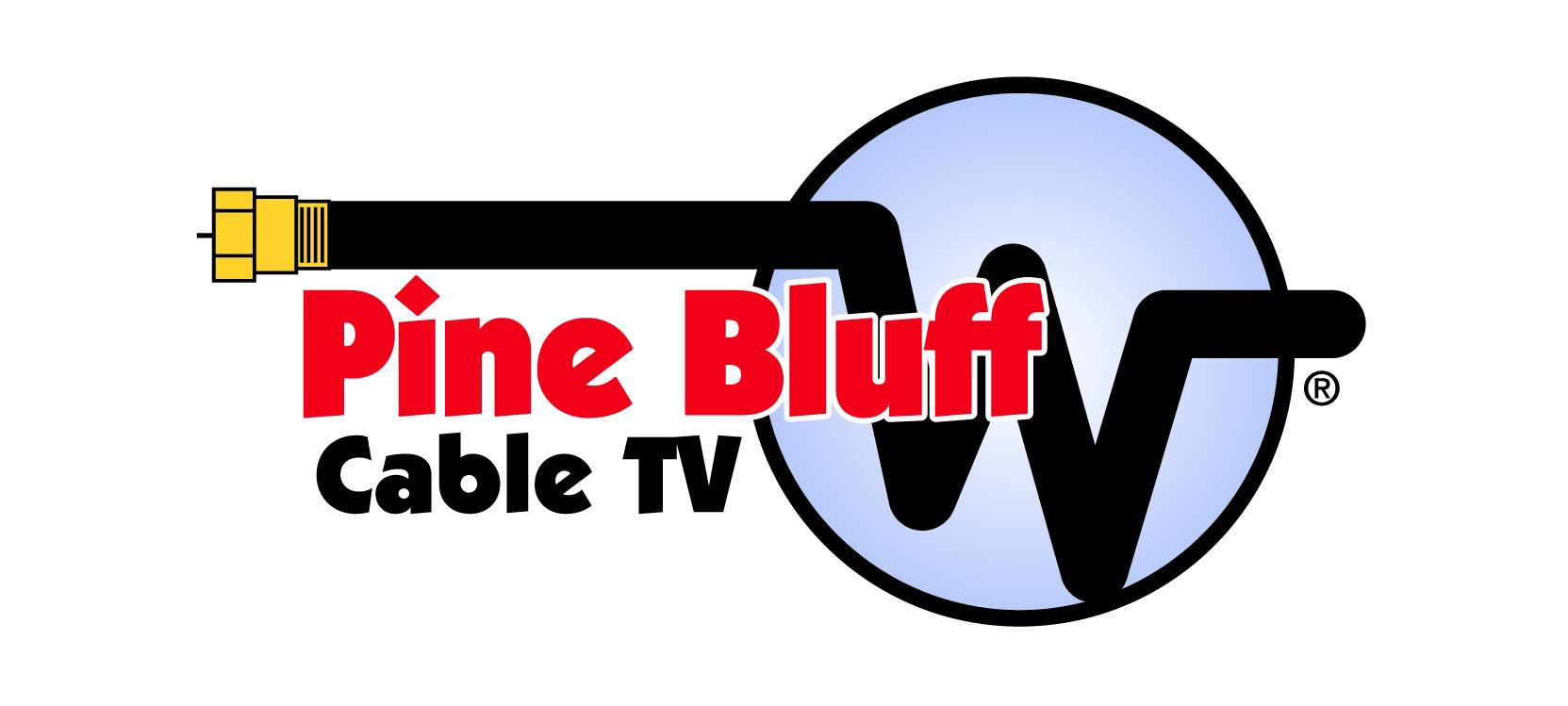
This is easily one of our most frequently asked questions, especially from new subscribers. We also commonly get other data related questions such as: “Why is there a data plan limit?” and “Does it really matter how much data I use?” To answer these questions, it might help to give a brief explanation of what data is and what bandwidth is. We'll start with data. Simply put, data is information. In the most basic sense, data is a unit of information storage that is measured in something called bytes. Those bytes are made up of something smaller called bits. Those bits store a very small piece of information, and when you string a lot of them together you can have very large amounts of information. What most people don't consider is that even the tiniest amount of information requires storage space. Think about it in terms of your memory. Maybe you have a great memory, but even the best memory has its limits because your brain needs space to hold all that information. Internet and computer data work the same way. Similarly, it also requires space to transmit that data from wherever it is stored to whatever device you are viewing it on. That is where the concept of bandwidth comes in. A phrase most of us are familiar with is the information highway. It is an apt analogy for what we mean when we say bandwidth. The path that data travels along with cable lines or through the air is a lot like a highway. No matter how big that highway is, if you have enough people (or in this case information) trying to travel along the same path at the same time, you end up with congestion. In the case of a highway, that means taking longer to get to your destination. It means the same thing in terms of internet traffic. It is that concept of traffic that makes data plans necessary. Not all of our subscribers use equal amounts of data, but making sure that all subscribers receive the same quality of service requires additional resources for those users that use very large amounts of data. So the only options we are left with is to either charge all users more to cover the additional resources needed, or to set up a system where those users who use far more than the average pay a little bit more. We feel it is most fair to use the latter approach. So, with all of that information comes one more question that should be easy to answer. What things on the internet use data? The answer, of course, is everything. That being the case, figuring out how much data you need just means figuring out how much data each online activity uses. To make that simple, we can break internet use into a few basic categories. Those categories are: browsing, gaming, streaming, and downloading. Browsing web pages, such as reading news stories or scrolling through your Facebook feed, typically uses the least amount of data. Loading pictures and text doesn't require nearly as much storage as other activities. Contrary to what you might expect, gaming also typically does not use a very large amount. However, there are exceptions to that, such as very high definition reality based games. Also, games that require a lot of updates can be deceptive in the amount of data used to download new features or updates from the manufacturer. So it is important to pay attention to the amounts of data when you get an alert to download the newest update or feature. Downloading can vary widely in the amount of data used. Downloading pictures from friends and family or downloading a song from a music service will typically use very little data. Downloading movies or games can run through data very quickly, as some games can commonly run 50-60 gigabytes just for one game, and some are even larger. The number of customers that will frequently download large files like that is small. On the other hand, nearly all customers stream video, which easily makes it the most common thing that people use a lot of data doing. Essentially, everyone who uses the internet streams something, whether it be YouTube, a streaming service like Netflix or Hulu, your WatchESPN App, or any other number of services. Here is a good baseline for how to determine how much you use. On average, standard definition videos can use between 0.8 and 1.2 gigabytes of data per hour. High definition video, the most common video format, runs from 2-3 gigabytes per hour, and by and large averages out at 2.5 gigabytes per hour. Ultra high definition streaming, or using a 4k television, can use as much as 8 gigabytes an hour. To break that down, on a 500 gigabytes plan, you can watch standard definition 400 hours a month, or 13-14 hours a day, you can watch high definition 200 hours a month, or 6-7 hours a day, and you can watch ultra high definition 62.5 hours a month, or roughly 2 hours a day. Hopefully this basic guide will help you figure out how much data you will need with your service. As always, if you need further assistance, we always have operators happy to answer questions, and we offer tools for you to check and monitor your data usage easily online.




